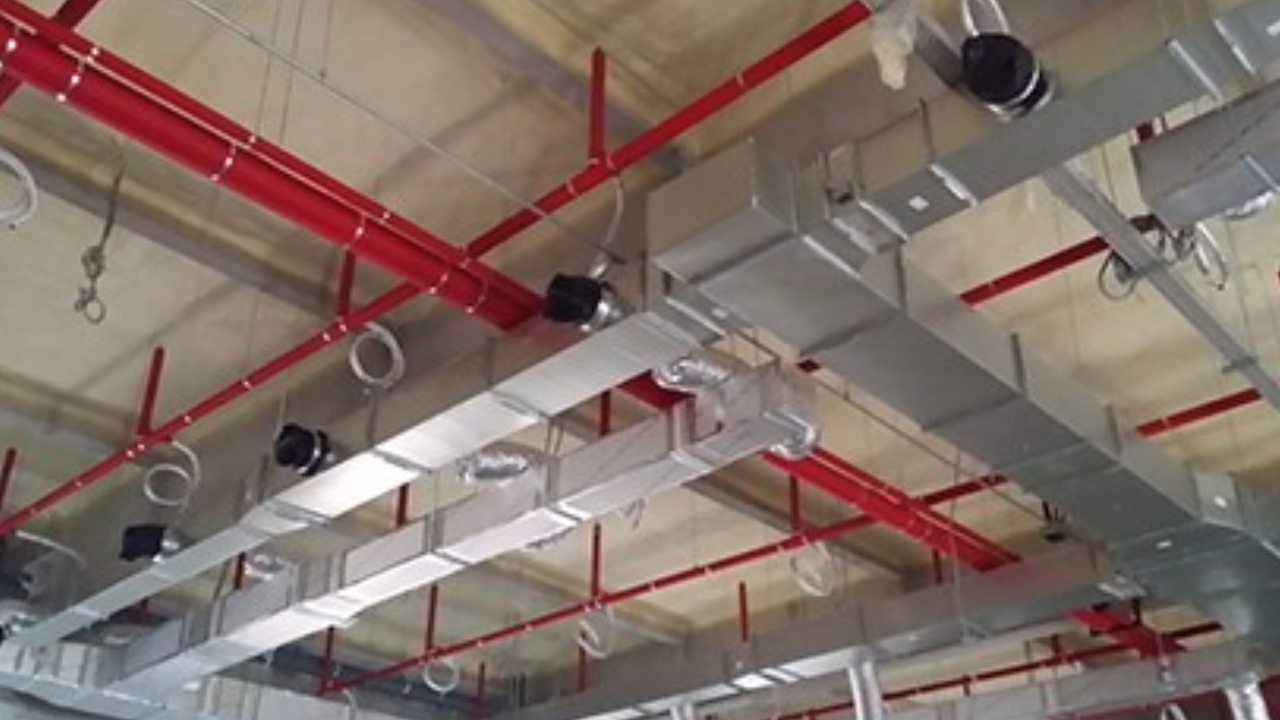Concerning entering and completing oil wells, two critical parts that are as often as possible used are API Casing and API Tubing. While both fill comparative needs in the oil and gas industry, they have particular contrasts. Understanding the fluctuations between API Casing and API Tubing is fundamental for anybody associated with the penetrating and creation process.
API 5CT Casing is a colossal estimation pipe that is commonly acquainted in the wellbore which offers essential assistance and hinders the breakdown of the well opening. On the other hand, API 5CT Tubing is a more humble expansiveness pipe that is used basically for the creation and transportation of oil and gas from the well to the surface.
What is API Casing?
API Casing is a kind of line utilized in the oil and gas industry. It is explicitly intended to line the walls of a wellbore to forestall the encompassing soil or rock from imploding into the well. API Casing is made of high-strength steel and comes in different sizes and lengths to suit different penetrating profundities and well circumstances.
What is API Tubing?
API Tubing is a kind of line that is utilized in oil and gas boring tasks. It is an empty barrel shaped steel pipe that is ordinarily more modest in measurement than API Casing. API Tubing is embedded into the wellbore to consider the extraction of oil or gas from underground supplies. It assumes a pivotal part in the creation cycle by giving a pathway to the liquid to stream to the surface.
Key Contrasts between API Tubing and Casing
Given factors show how API casing and API tubing differ:
Reason and Capability
API Casing is basically used to line the mass of the wellbore, offering underlying help and insurance to the well. It forestalls the breakdown of the wellbore walls and fills in as a conductor for the oil or gas to stream to the surface. API Tubing is introduced inside the casing and is utilized to ship the oil or gas from the repository to the surface.
Size and Aspects
API Casing is accessible in a large number of sizes and aspects, contingent upon the profundity and geography of the well. It is commonly bigger in distance across and thicker in wall thickness contrasted with API Tubing. This is on the grounds that casing needs to endure higher tension and give primary honesty to the well. API Tubing is similarly more modest in width and more slender in wall thickness.
Material and Grade
API Casing and tubing are both made of great steel, yet they vary with regards to material creation and grade. The casing is ordinarily made of higher strength steel grades to endure the high tension and burden bearing prerequisites of the well. API Tubing is made of lower-strength steel grades since it isn't exposed to a similar degree of strain as casing.
Association Type
One more key contrast between API Casing and tubing is the kind of associations used to combine the areas. Casing joints are typically strung and coupled utilizing particular stringing procedures to guarantee a tight seal and forestall spillage. Conversely, API Tubing joints can be either strung or non-strung relying upon the application.
Establishment Profundity
API Casing is normally introduced starting from the surface to the ideal profundity of the well, offering help and insurance to the wellbore all through its whole length. It is run into the opening first during the penetrating system and solidified set up to get the wellbore. API Tubing, then again, is introduced inside the casing and stretches out from the lower part of the well to the surface.
Final Talk
API Casing and API Tubing could sound practically identical, yet they fill different necessities in the oil and gas industry. Casing offers fundamental assistance to wells and shields the oil and gas storehouse, while tubing considers the transportation of fluids to the surface. Understanding the qualifications among packaging and tubing is critical for ensuring the accomplishment and viability of oil and gas exercises.


